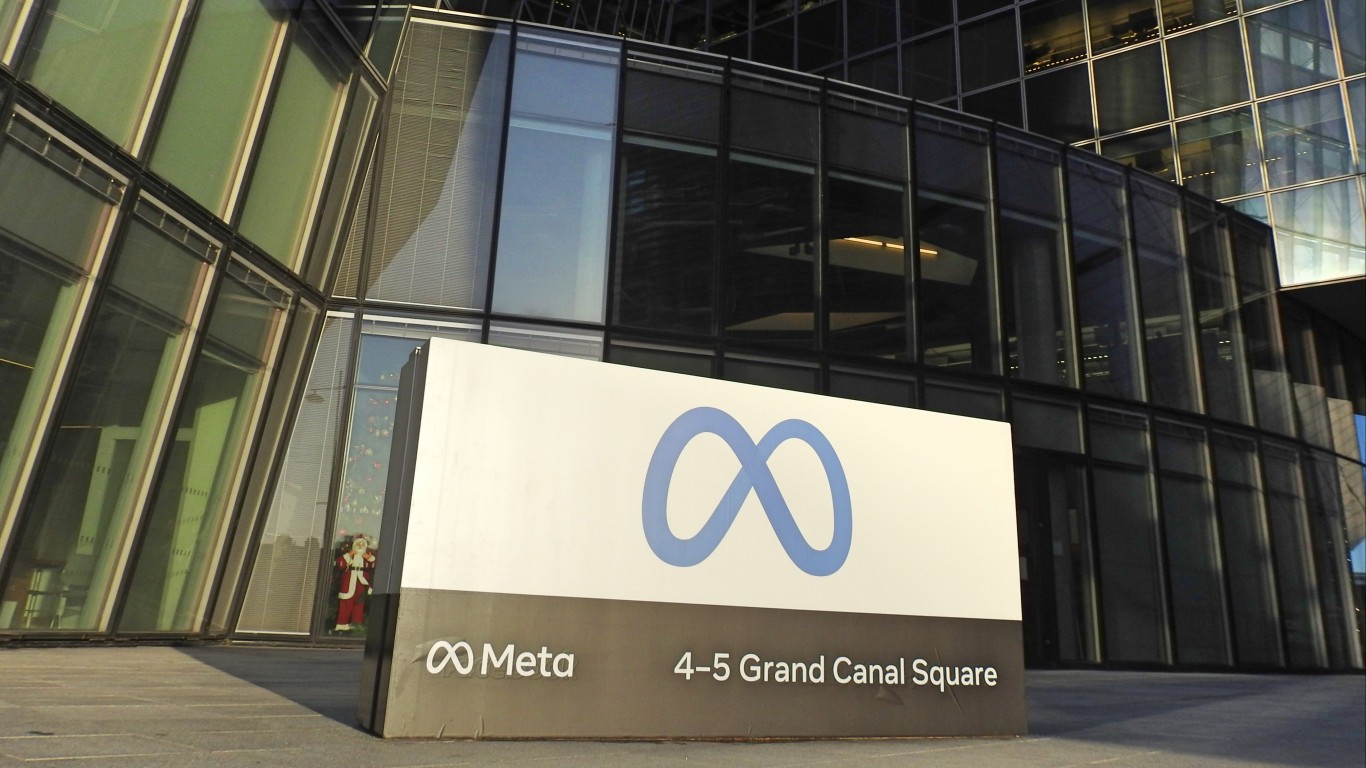
The 2025 Social Security Cost of Living Adjustment (COLA) is projected to range between 2.5% and 3%, based on new inflation data. These estimates fall short of the current inflation rate, leading to concerns that the COLA may not fully reflect the actual living expenses of retirees, particularly in areas like food, housing, and medical costs. The final COLA for 2025 will be determined in October, with current projections indicating a significant gap between inflation and the proposed adjustment.
Transcript:
Hello, everyone.
Today we’re discussing the latest projections for the 2025 Social Security Cost of Living Adjustment, or COLA, and how cooling inflation might affect it.
With new inflation data released, estimates for next year’s COLA have been revised, and it’s important to understand what this means for recipients.
So, Austin, let’s get down to the data of what COLA looks like for next year.
Yeah. You know, COLA is a really important number for all retirees.
And as we have talked about in the past, this is a moving target. These are all estimates.
We feel the need to say that up front. But it’s really important to see where these estimates are, because these are coming from professionals in this space who do this for a living.
And it has a huge impact on the quality of life for retirees.
Let’s jump into it.
So based on the federal government’s newly released inflation data in May, the 2025 Social Security COLA could range from roughly 2.5 to 3%.
So the Senior Citizens League projects that 2.5% COLA.
Other independent analysts like Mary Johnson have predicted a slightly higher COLA of roughly 3%.
But let’s go to the information that recently came out of the BLS for the Consumer Price Index, which increased by 3.3% over the last 12 months.
Now, obviously, both of those estimates, even on Mary Johnson’s high-end estimate of a COLA of 3%, are still falling short of inflation.
And like you and I have talked about in the past, the 2024 COLA, most retirees feel that that was not sufficient to match pay to inflation because of the unique mix of products that retirees face.
There’s the elderly consumer price index that indexes more to food and health care, which you and I know makes up a higher percentage of retirees consumption patterns.
So simply using the broad-based CPI number often doesn’t reflect the reality of what retirees are paying.
And that’s why we can see these shortfalls and people can feel like they’re not keeping up because their actual spending is outpacing that number that COLA is trying to adjust for.
Now, the final COLA for 2025 will be determined based on the average inflation rate during the third quarter, which is July, August, and September.
And the Social Security Administration typically announces the annual COLA in mid-October.
But we’re getting pretty close here and we still see a gap between the current CPI and the COLA estimates.
So you know, let’s go back to that accurate reflection of costs here.
So both Mary Johnson and the TSCL have suggested that the current method of using the CPI to calculate COLA does not accurately reflect retirees’ living expenses.
As we’ve talked about, older adults typically spend about two-thirds of their income on housing, food, and medical costs, whereas actual spending patterns are just closer to three-quarters of income spent on these necessities.
So you really need to reflect that reality for this group, especially given the nature of what COLA is trying to achieve, which is allowing people to keep pace with inflation here.
So what does this mean?
What happens if we underestimate inflation for retiree-specific consumer baskets?
So the disparity in calculation methods means that the COLA may undercount real senior inflation by more than 10%.
And as we’ve talked about, many seniors have reported that past COLA simply did not keep up with their own rising expenses, particularly for food and housing.
So the bottom line here, COLA is a very important number for retirees.
Inflation is still running well above some of the estimates for where COLA is expected to be adjusted for 2025.
We’ll have to wait until October to see that final number.
But right now, there is a big gap. And for retirees today, that is not encouraging.
Yeah, and Austin, I think the gap exists.
A few positives in all this is at least with some of the essentials like food, we have seen some moderation in inflation.
So hopefully that is able to carry through because as you noted, for people on tight budgets, COLA not being able to carry with costs is a severe problem.
And as you noted, hopefully for retirees, we’re going to see a number that comes in closer to what actual inflation has looked like and will look like across the next year.
Essential Tips for Investing (Sponsored)
A financial advisor can help you understand the advantages and disadvantages of investment properties. Finding a qualified financial advisor doesn’t have to be hard. SmartAsset’s free tool matches you with up to three financial advisors who serve your area, and you can interview your advisor matches at no cost to decide which one is right for you. If you’re ready to find an advisor who can help you achieve your financial goals, get started now.
Investing in real estate can diversify your portfolio. But expanding your horizons may add additional costs. If you’re an investor looking to minimize expenses, consider checking out online brokerages. They often offer low investment fees, helping you maximize your profit.
Thank you for reading! Have some feedback for us?
Contact the 24/7 Wall St. editorial team.



